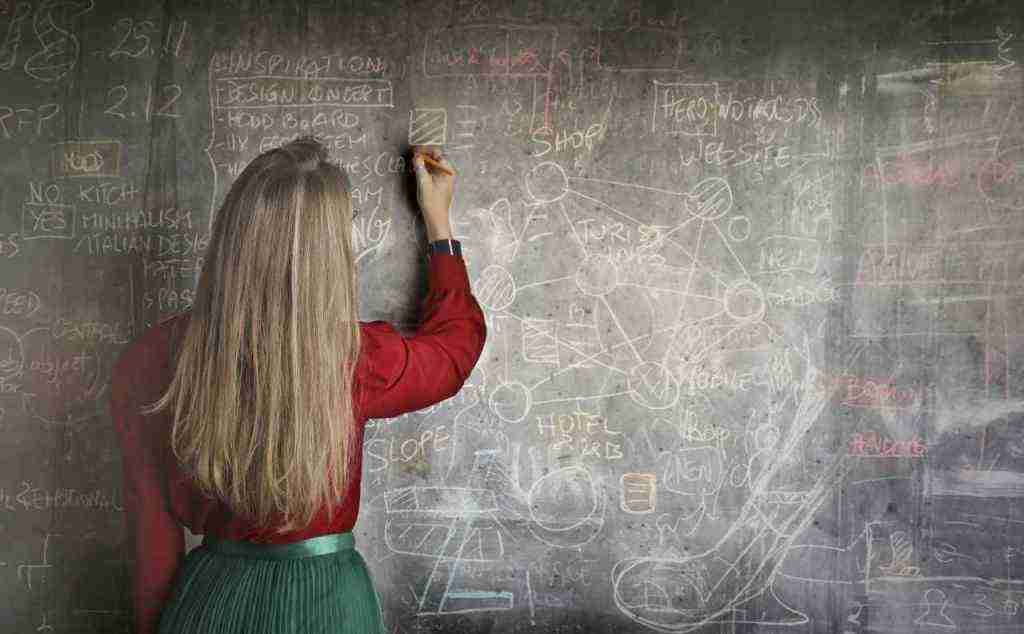Physics and Data Science: A Natural Transition for Curious Minds
Despite their apparent differences, physics and data science share a remarkable affinity, making the transition between these fields a seamless journey for inquisitive minds. Both disciplines revolve around comprehending patterns and structures within data, utilizing mathematical models to decipher complex systems and forecast future behaviors. This shared foundation fosters a natural progression for physicists seeking to delve into the realm of data science.
Shared Skillsets: A Bridge Between Disciplines
The transition from physics to data science is facilitated by the overlapping skillsets they demand. Both physicists and data scientists excel in:
Analytical Thinking and Problem-Solving
Physicists and data scientists alike possess exceptional analytical skills and an innate ability to unravel intricate problems. They approach challenges with a methodical and logical mindset, breaking them down into manageable components and devising innovative solutions.
Mathematical Proficiency
Mathematics serves as the common language of physics and data science. Proficiency in calculus, linear algebra, and statistical analysis is paramount in both fields. These mathematical tools empower physicists and data scientists to model complex systems, analyze data, and draw meaningful conclusions.
Methodological Approach: Hypothesis Testing and Iterative Refinement
The methodological approach employed in physics and data science further aligns these disciplines. Both fields adopt an iterative approach, beginning with hypotheses or theories. These hypotheses are then tested against data, and the resulting insights are used to refine the models, leading to a continuous cycle of improvement and knowledge expansion.
Common Goal: Quantifying the World
Underlying the shared skillsets and methodological approaches is a common goal that unites physics and data science: the quantification of the world around us. While physics focuses on the theoretical underpinnings of space and time, data science applies similar principles to practical, tangible problems. Both disciplines strive to explain the complexities of the world through measurable and quantifiable terms.
### Building a Portfolio
**Practical Projects:** Engage in personal projects and contribute to open-source initiatives to showcase your skills and build a portfolio.
**Case Studies:** Document your work in solving real-world data science problems, highlighting your approach, results, and impact.
### Networking and Mentorship
**Attend Industry Events:** Participate in conferences, meetups, and workshops to connect with professionals and explore potential opportunities.
**Seek Mentorship:** Identify experienced data scientists who can provide guidance, support, and industry insights.
### Conclusion
The transition from physics to data science offers ample opportunities for physicists to leverage their quantitative skills and problem-solving abilities. By embracing their natural advantages, pursuing a structured learning path, and actively networking, physicists can seamlessly navigate this transition and make significant contributions to the exciting field of data science.
Remember, the pursuit of data science is a continuous journey of exploration and discovery. By embracing the core principles of physics, the analytical mindset, and the insatiable curiosity to uncover hidden truths, physicists can unlock their full potential in the world of data and make a meaningful impact on shaping the future.
